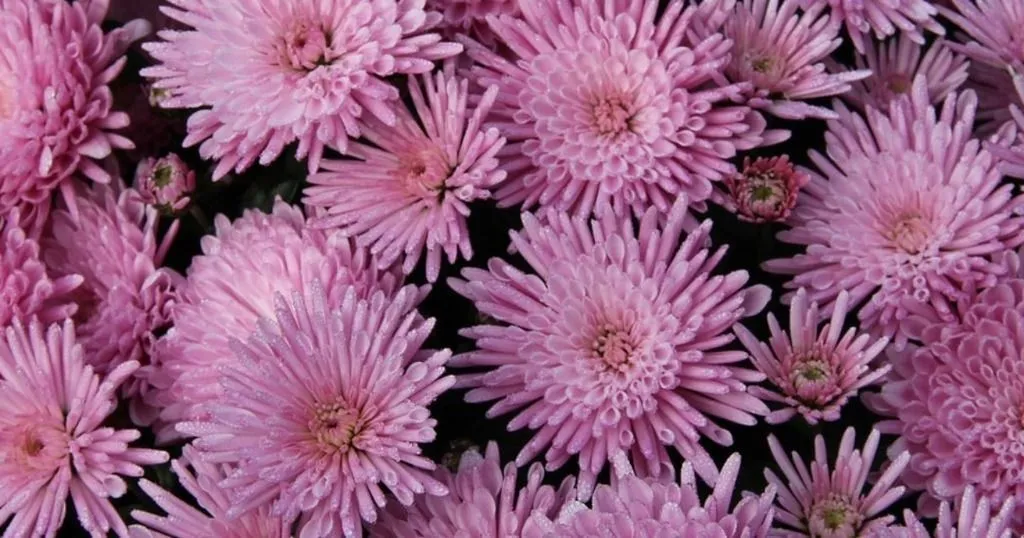Plants with more linalool smell good, but taste bad
Plant volatiles play an important role in the interaction between plants and insects that eat them. Insect damage very often induces plants to produce volatiles.
Posted by
Published on
Fri 28 Jun. 2013
Topics
| EthoVision XT | Insects | Video Tracking |

The importance of plant volatiles
Plant volatiles play an important role in the interaction between plants and insects that eat them. Insect damage very often induces plants to produce volatiles. These volatiles can improve the plant’s defense against insect herbivores. But they can also help the plants indirectly by attracting natural enemies of the plant eating insects.
Investigating linalool
Linalool is a volatile chemical that is produced by plant leaves in a wide variety of plant species, when they are damaged by insect herbivores. Yang et al. [1] investigated the effect of linalool on Western Flower Thrips (WFT, Frankliniella occidentalis), a common insect pest in greenhouses. They used several transgenic chrysanthemum plant lines that had a higher linalool production than wild type chrysanthemum. The transgenic plants also had a higher concentration of non-volatile linalool derivatives in the leaves.
Testing attraction by linalool
To test the effect of linalool, dual choice tests were done with leaf discs from wild type plants and plants that produced more linalool. Adult WFT were released on a metal wire in between the two leaf discs. The distribution of WFT was scored several times until 28 hours after release.
Initial attraction, but then repellence
Immediately after release, WFT preferred plant lines with enhanced linalool production over the control plants. But this effect disappeared after one hour and was reversed after 20 hours. The WFT then preferred the control plants over the plants that produced more linalool.
Testing plant extracts
To test whether this effect was caused by non-volatile linalool derivatives in the leaves, the authors made leaf extracts from the different plant lines. Adult female WFT were kept in wells that were covered with Parafilm. Two droplets of plant extracts were applied on the Parafilm of each well, one from the wild type plants and one from the plants with enhanced linalool production. The concentrations of linalool derivatives resembled the concentrations found in the leaves.
Videos of 40 minutes were made right at the start of the experiment and after 4 and 24 hours. The videos were analyzed with EthoVision XT tracking and analysis software. The areas of the droplets were defined as zones and the time the WFT spent on the downside of the Parafilm under each droplet, was analyzed automatically.
Repellence by linalool derivatives
The WFT had no preference at the start of the experiment for either the control plants or the plants that produced more linalool. After 4 and 24 hours the thrips spent more time under the droplets from the control plants than under the droplets from the plants with a higher linalool production, but this effect was only significant after 24 hours.
Smelling good but tasting bad
The authors conclude that the plants that produce more linalool smell good for WFT, because the insects are initially attracted to these plants. But apparently they do not taste as good as wild type chrysanthemum plants. The attraction already disappears after one hour and after 20 hours the attraction reverses and the thrips are then repelled by plants with enhanced linalool production. It also takes 24 hours before the thrips develop a preference for leaf extracts from control plants over extracts from plants with an enhanced linalool production.
The authors hypothesize that an induced physiological response in the thrips may occur, which would explain why it takes time before the thrips are repelled. This repellence is in agreement with previous findings that plant volatiles that are produced in response to insect damage play a role in plant defense against these insect herbivores.
References
Yang, T.; Stoopen, G.; Thoen, M.; Wiegers, G.; Jongsma, M.A. (2013). Chrysanthemum expressing a linalool synthase gene ‘smells good’, but ‘tastes bad’ to western flower thrips. Plant Biotechnol. J.,doi: 10.1111/pbi.12080.
Related Posts

Which head and neck positions are stressful for your horse during lunging?

Combining physiology and behavior to create a stress scale for horses

